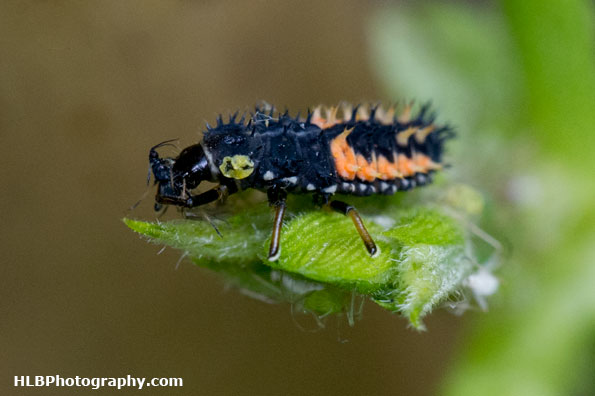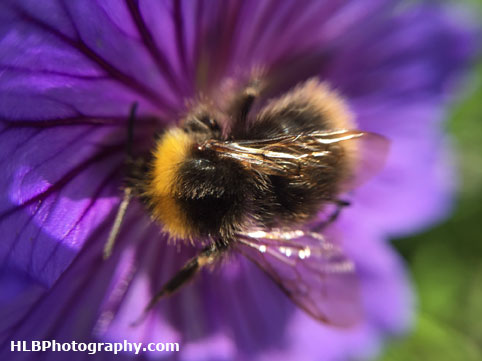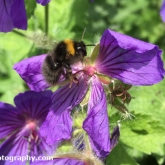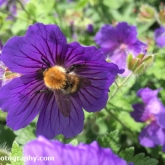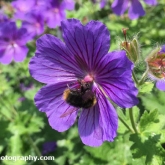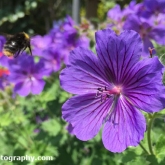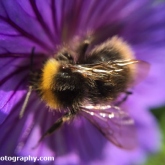I didn’t have any plans for today’s ‘wild’ activity, it was meant to rain and that hampered my thoughts of what I could do. I decided to play it safe and just spend some time in the garden. I know at some point I want to take part in the spittlebug survey so I went to have a look at the lavender to see if there was any about, strangely I didn’t find any but did come across a rosemary beetle.
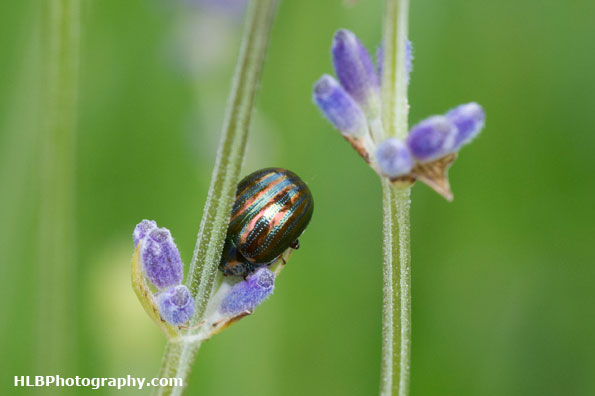
There was a lot of buzzing coming from a neighbours garden so I popped round to see if I could find out where it was coming from. They have a plant on the fence that adjoins our garden which was covered in bees. There must have been approx. 30-40 bees on the bush at anyone time. Unfortunately we have no idea what plant it is but it would be great for any garden that wants to attract bees!
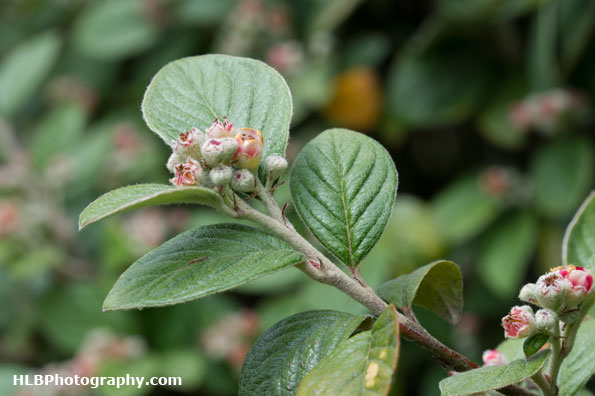
As far as I could tell there were four species of bee; Buff-tailed bumblebee (Bombus terrestris) which seemed to be the majority, honey bees which I saw two of, Early bumblebee (Bombus pratorum) and then Tree bumblebee (Bombus hypnorum).
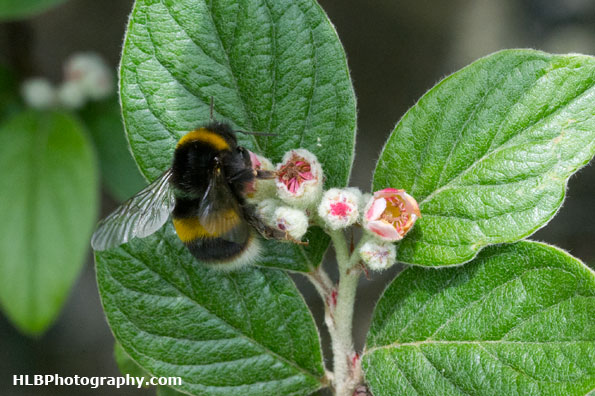
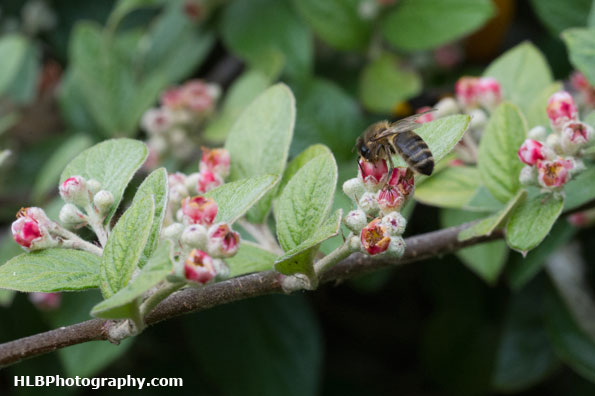
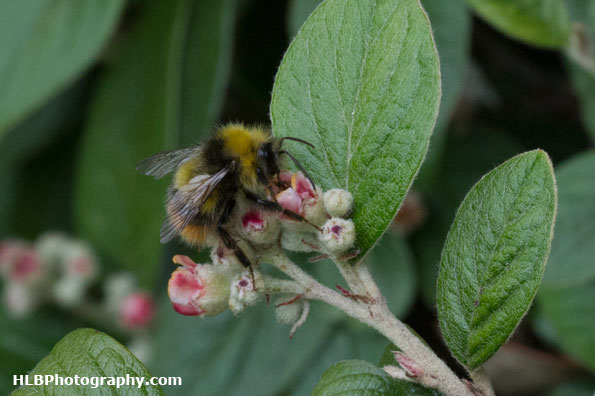
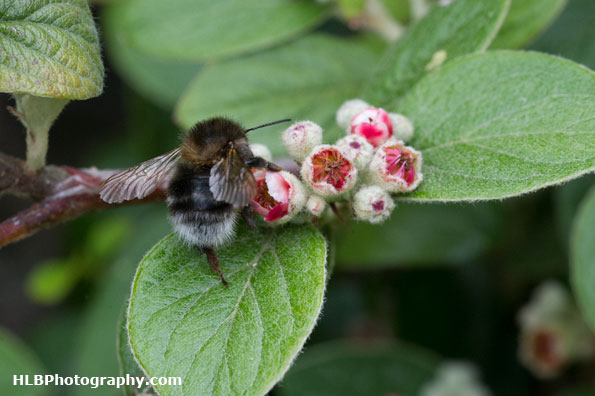
Once I was back in my own garden I noticed I had a harlequin ladybird larvae on me, I knew there was blackfly and greenfly on the runner beans so I thought that would be a good place to relocate him. I didn’t expect him to start eating them straight away. I have never seen them feeding before 🙂
